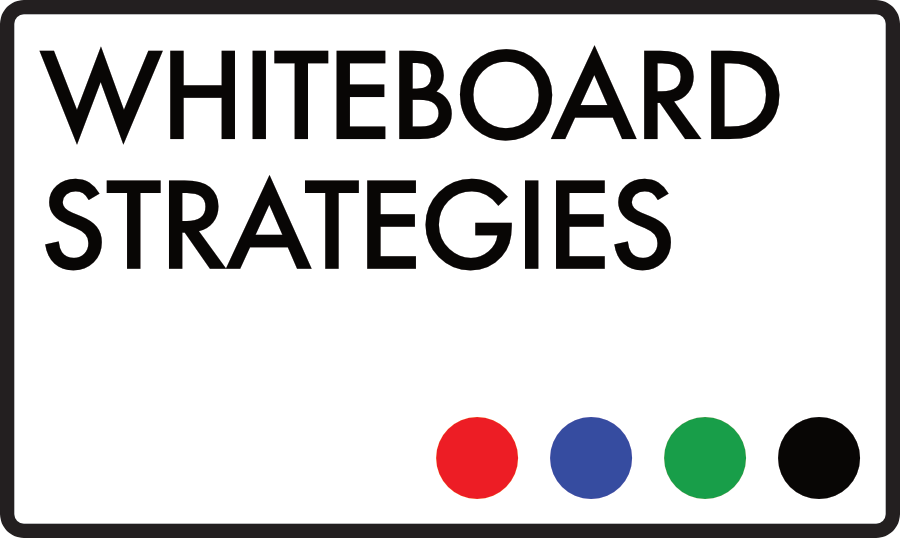I read a quote recently that said that “as soon as you gain a customer you start losing a customer”. The message is obvious enough – we’ve talked before about the importance of aftercare following the signing of a new contract, and it goes without saying thatyou should be looking after the people who are paying your wages. Customers deserve and need to be looked after – the value that you and your organisation are delivering to that customer needs to be constantly measured, assessed and renewed.
Giving the customer the kit or processes that they need to succeed is literally the job of a sales person. Sticky customers, customers that aren’t going to run off with your competition as soon as they release the latest iteration of their software or service, come as a result of care, diligence, accountability and patience. This shouldn’t be news to you.
It’s true that as soon as you have a customer you need to be doing your utmost to retain that customer – and true that once you’ve landed them, they’re yours to keep or lose. But I would argue with the idea that the rot sets in from the moment they say “yes”. The quote above implies a constant process of fire-fighting in order to keep the client happy, whereas in actual fact if your sales, aftercare and account management teams are working in the way that they should, constant fire-fighting shouldn’t be necessary.
Much, much more dangerous to the sales account than a slow process of declining vendor-customer relations, is all-too-common occurrence of the immediate but lasting sense of disaffection with your team, your offering, or your organisation.
It can come out of nowhere – a sudden niggle, or an epiphany about your offering or service. I have a friend who bought Apple products religiously for over 15 years, before a sudden realisation that the price point and cost of routine services and parts massively outweighed the benefits of having a mac over a PC. Just his opinion, of course, but it came out of the blue and took a couple of thousand pounds of annual revenue away from Apple.
Corporate accounts work in exactly the same way – even your safest, most reliable renewal might one day just turn and walk away. This is why having the kind of customer relationship that relies on constant fire-fighting is a waste of time – it creates endless promptsfor those moments of epiphany.
There are two bits of good news here – firstly, if you are genuinely and consistently creating value for your customers, they won’t have cause for that sudden niggle or significant epiphany about your offering. If you are respecting their needs, paying attention to their buying cycle, nurturing genuine relationships between your organisations, and delivering constant ROI and benefits to the end-user, you’re doing everything you can to reduce the number of points when those moments of disaffection rear their heads.
The second piece of good news is that this isn’t only affecting your organisation. Every provider of goods or services out there is up against the risk of sudden and catastrophic customer disaffection. And if you’re doing everything that you can to minimise the risk of it happening in your own client base, you’re also positioning yourself to take full advantage of it happening in your competition’s client base.
Disaffection with your competition creates invaluable opportunities for you as a sales person. Tailor your pitches and presentations to search for cracks in existing vendor agreements – who else are they currently buying from? How is that working for them? How is the aftercare? Is their current vendor’s offering as scalable / secure / future-proof as yours?
Customer disaffection is a war to fight on two fronts – protect your own customers from moments of disaffection by upping your game and adding value for them wherever possible. Rigorously seek out, exploit, or even create moments of customer disaffection in your competition’s customers whenever you have the opportunity to present to them.

Recent Comments